March and April Observing/Outreach
Late March and April finally brought a precious number of clear skies, with the moon high in the sky, ideal for high-power lunar observations. I returned from my round-the-world trip with my partner, detailed in the first couple paragraphs here, and I was eager to get acquainted with my new Takahashi FS-60Q and FC-76DCU scopes and test out the line of Takahashi TOE eyepieces I purchased at Starbase Tokyo.
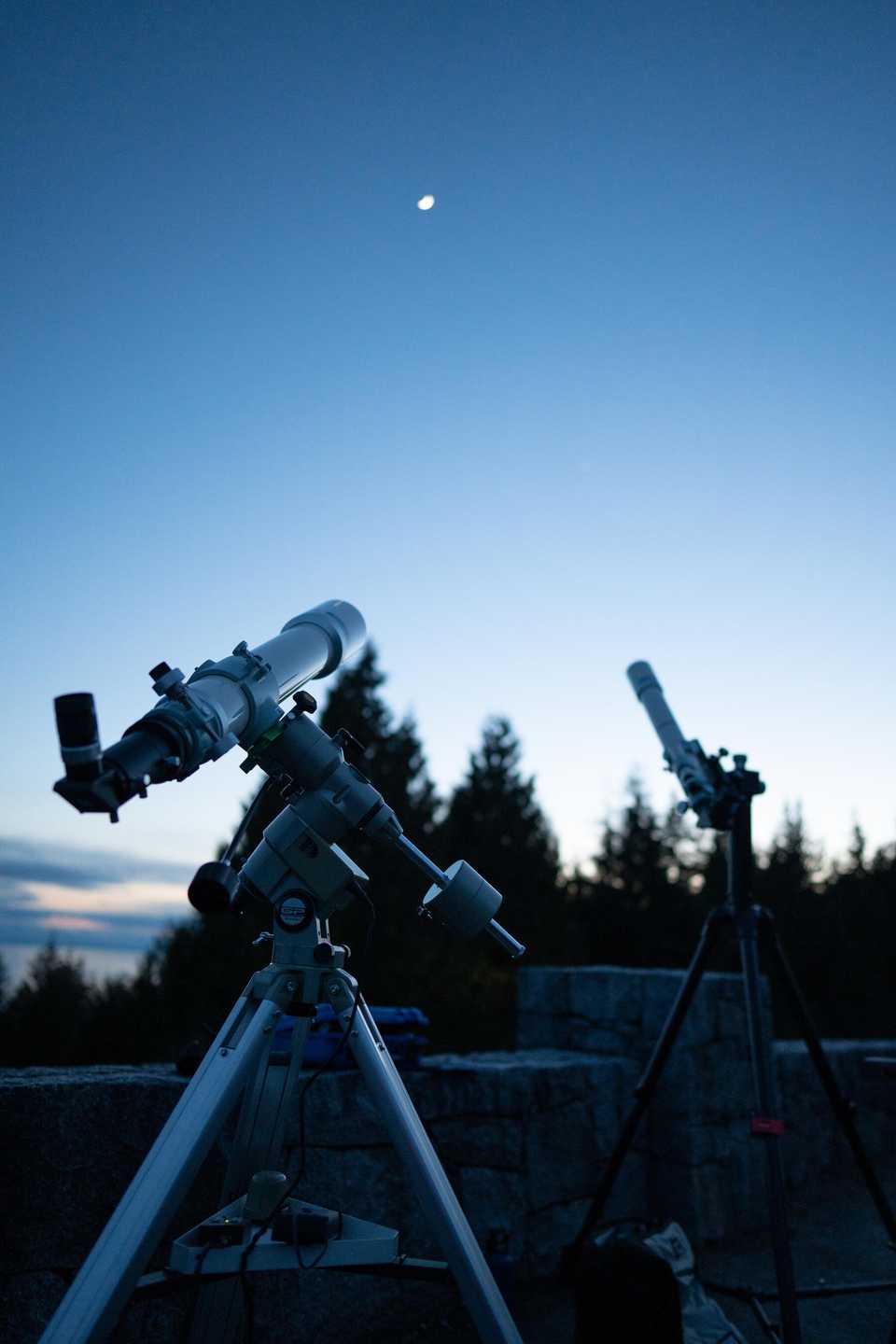
I spent nearly every clear night observing the moon and Venus from various locations, including from my balcony in North Vancouver, the Cypress Lookout, Kitsilano Beach, the North Vancouver Shipyards, and Simon Fraser University. My first night observing the moon with the Tak FC-76 DCU in f/12.6 mode using the CQ Extender was outstanding; paired with the TOE 4mm eyepiece and the Tak prism, the contrast and sharpness, overall comfort, and the ability to cut through bad seeing makes the scope a pleasure to use, despite its rather long tube.

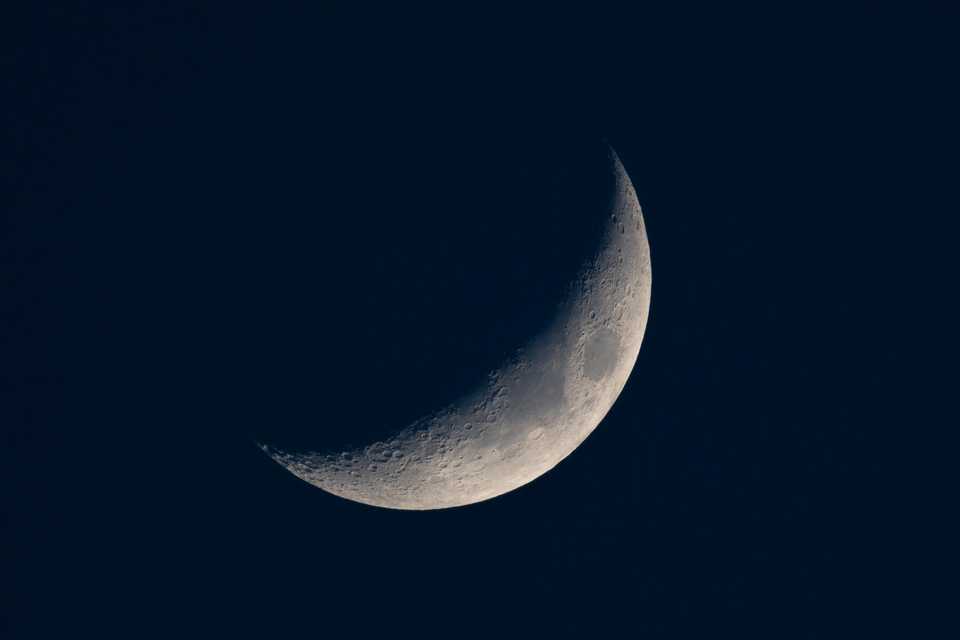
I did a couple of days of solar observing as well, using my Lunt Hershel wedge. The sun has been rather active and there were plenty of sunspots and granules to see in white light. Through Felix’s Daystar quark, we observed a solar flare erupt in real-time, being able to clearly track the change in shape and size. I much prefer solar observing in h-alpha over white light, but I’m reluctant to purchase the Daystar quark due to its price and general concerns over quality control issues. Moreover, it requires power, since the etalon needs to be heated to the correct temperature, and so the Daystar is really an expensive electronic device instead of the purely optical systems that I like.

The UBC Astronomy Club’s APM 140, a 140mm FPL-53 doublet refractor, was repaired by the fine folks over at Markarian Fine Optics, after club members reported hearing a loose screw rattling around in the sliding dew shield. It turns out that a collimation bolt had come loose! I picked up the scope after the fix and set up at Kits Beach for my first collaboration with Nature Kids BC, a charity that is devoted to getting children and parents outdoors. Around 8 families attended and we spent several enjoyable hours viewing the moon, Venus, and Mars, and I’m always hopeful that some of the kids will be instilled with a lifetime of curiosity and wonder at the night sky.
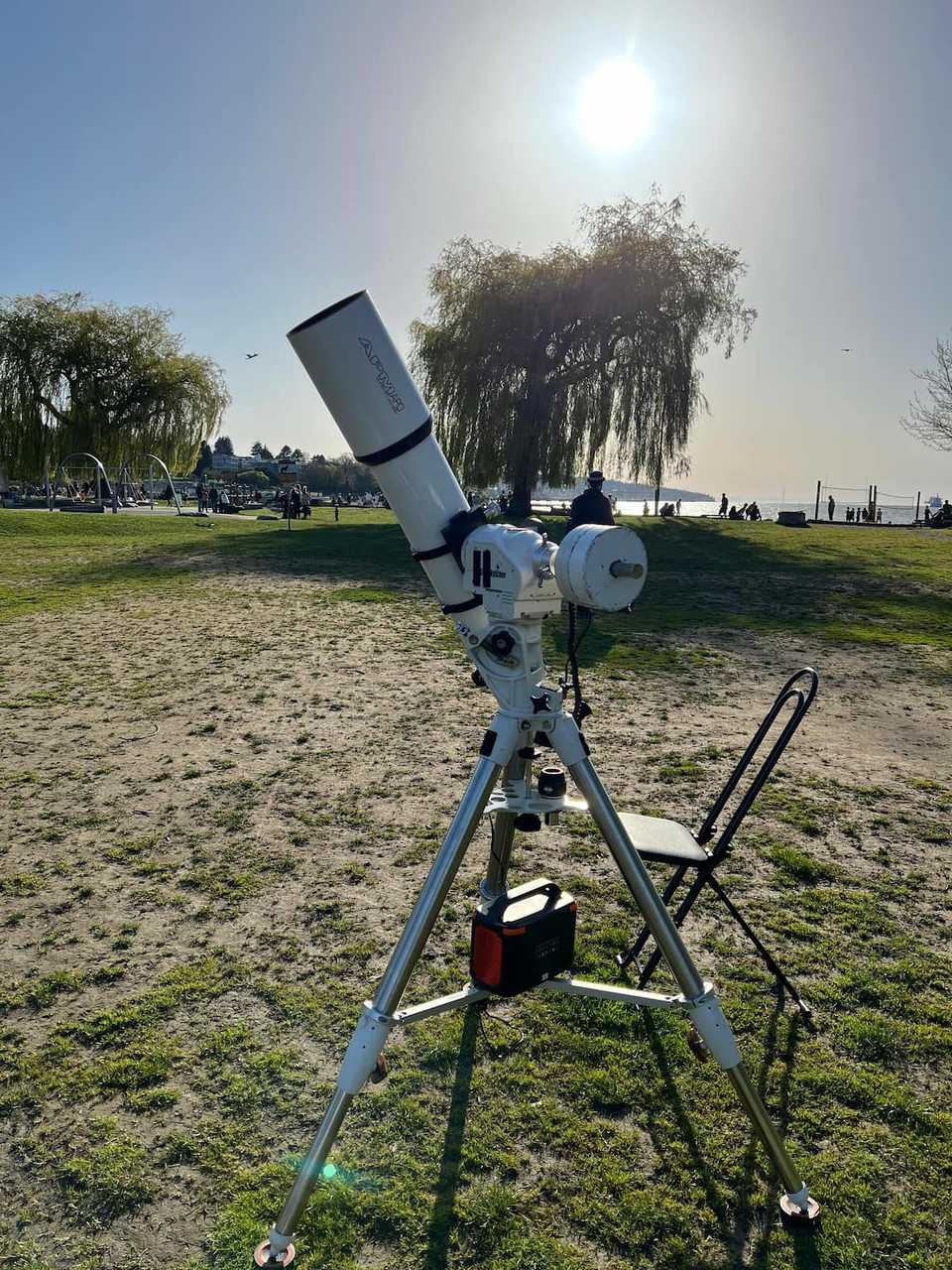
The scope performed well, although I did notice that it doesn’t give the very white and contrasty views of my smaller Taks. The moon is more of a yellowish tone with the APM 140, something that I’ve noticed previously on the planets as well. When pointed at Venus, I noticed obvious purple chromatic aberration, although it is possible that the prism diagonal is responsible for some of the colour, as prisms are typically best for f/8 and slower refractors, and the APM 140 is f/7. I don’t recall seeing any noticeable chromatic aberration through this scope on Jupiter and Saturn while using my 2” dielectric mirror diagonal; however, the prism diagonals provide more contrast and less scatter.
A few nights I set up on the Shipyards pier to show the public the moon and Venus with my FC-76DCU. I’m surprised by just how much lighter and more portable the 3” is compared to my 4” - I can, for instance, easily carry my 3” for the 15-minute walk down to the pier, which I could not do with my 4”. The 3” can also ride on my carbon fiber mount and fluid head and provide steady views. This means that I find myself reaching for the 3” since the lighter weight means a lighter mount. For quick looks and outreach, this is a big plus.
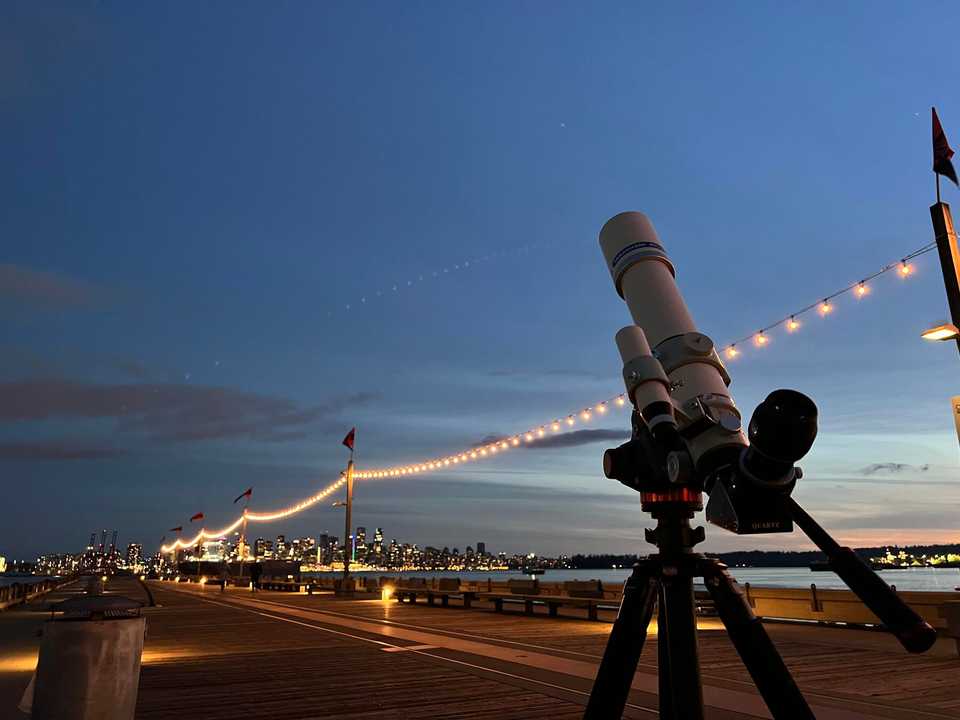
Ever since I started using the FC-76DCU, I started thinking about what to do with my Astro-Tech AT72EDII, a FPL-53 f/6 doublet that I bought since it was portable and affordable. I think it is a great value and I enjoyed using it for lunar and planetary viewing - I recall catching a shadow transit on Jupiter with this scope and the 3-6mm Nagler zoom and being impressed with the view - but I couldn’t really think of a reason to keep both of these scopes. The FC-76DCU is a longer scope, at f/7.5, but it unscrews in half and is just as portable. And being a Tak, it has a fit and finish that the cheaper Astro-Tech cannot match. As for optical performance, the Tak is superior, delivering perfectly corrected views at absurdly high powers. And so it should, at 3x the price of the Astro-Tech. So I sold my AT72EDII.
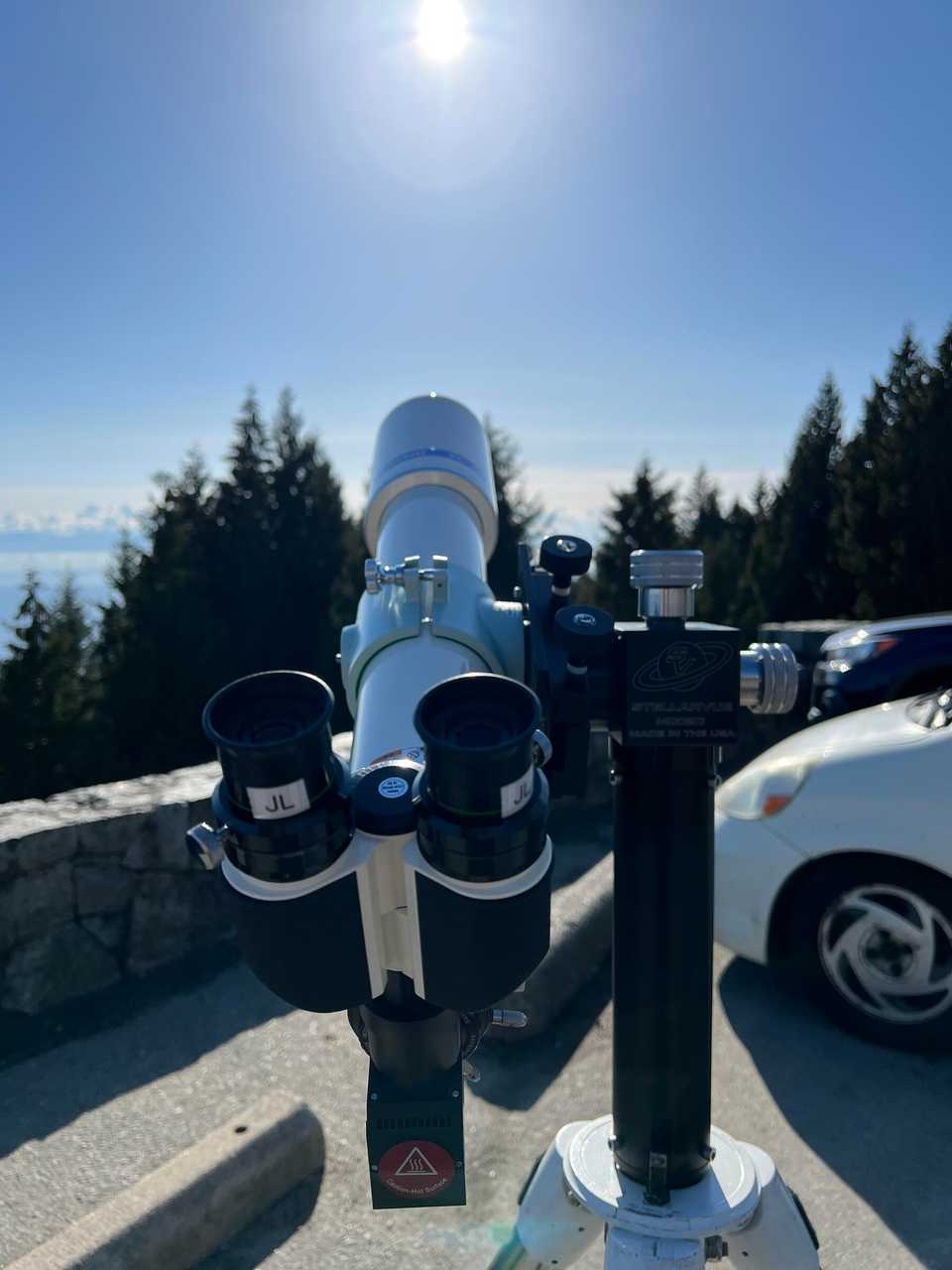
On the topic of selling equipment, I decided to sell my William Optics binoviewer and upgrade to the Baader Maxbright II, not so much because I was unhappy with the optics but because of everything else; the eyepiece holder, in particular, uses a compression ring with a single set screw that consistently throws off collimation when tightened, and for eyepieces with longer barrels like the Tele Vue 13mm Nagler, without tightening the screw, the eyepiece “bottoms out”, making the diopter adjustment impossible. After many nights of fiddling with it, and after trying out Felix’s Maxbright II, which have superior clicklock self-centering eyepiece holders and marginally better image quality, as well as a larger clear aperture, allowing me to use wider 1.25” eyepieces like the Tele Vue Panoptic 24mm.
Speaking of which, I bought a pair of them from Felix. The Maxbright IIs have not yet arrived from Germany, but I’m eager to try out this combo in my refractors and 10” Meade ACF.
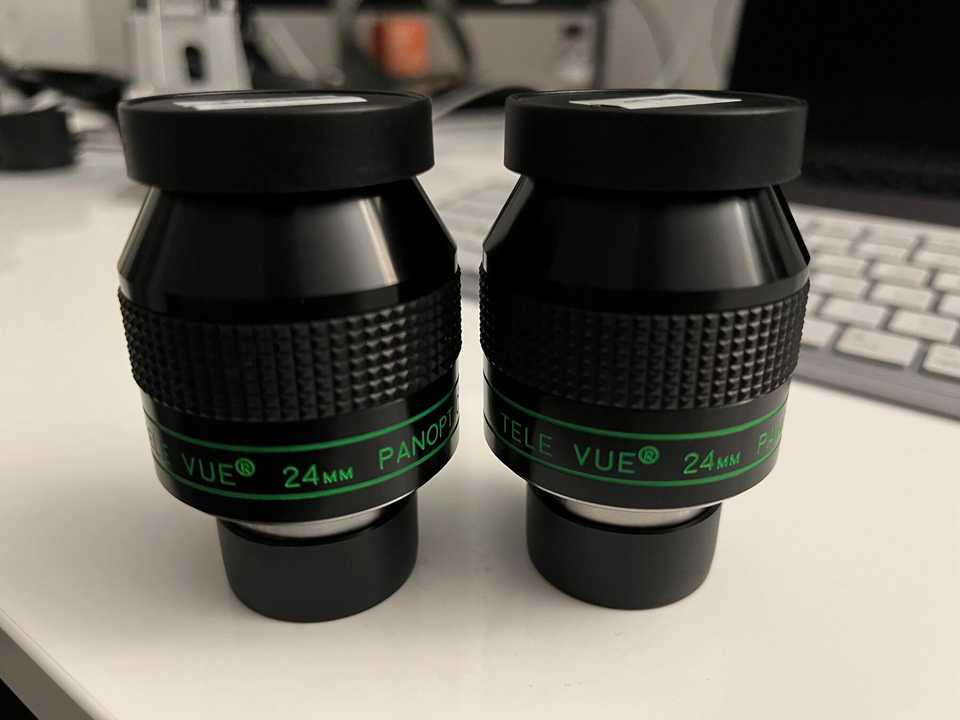
I also received my Nikon 17mm NAV HW eyepiece from Japan, which I purchased for use in my 15” Obsession UC.The 15” has a 1600mm focal length, and the Paracorr Type 2 increases that by 15% to 1840mm, making the scope effectively an f/4.8. The 17mm eyepiece produces a nice bright 3.5mm exit pupil. The eyepiece also comes with a custom barlow lens that screws onto the bottom of the eyepiece, providing 14mm and a 2.9mm exit pupil. I’m sure this eyepiece will remain glued in my Obsession.
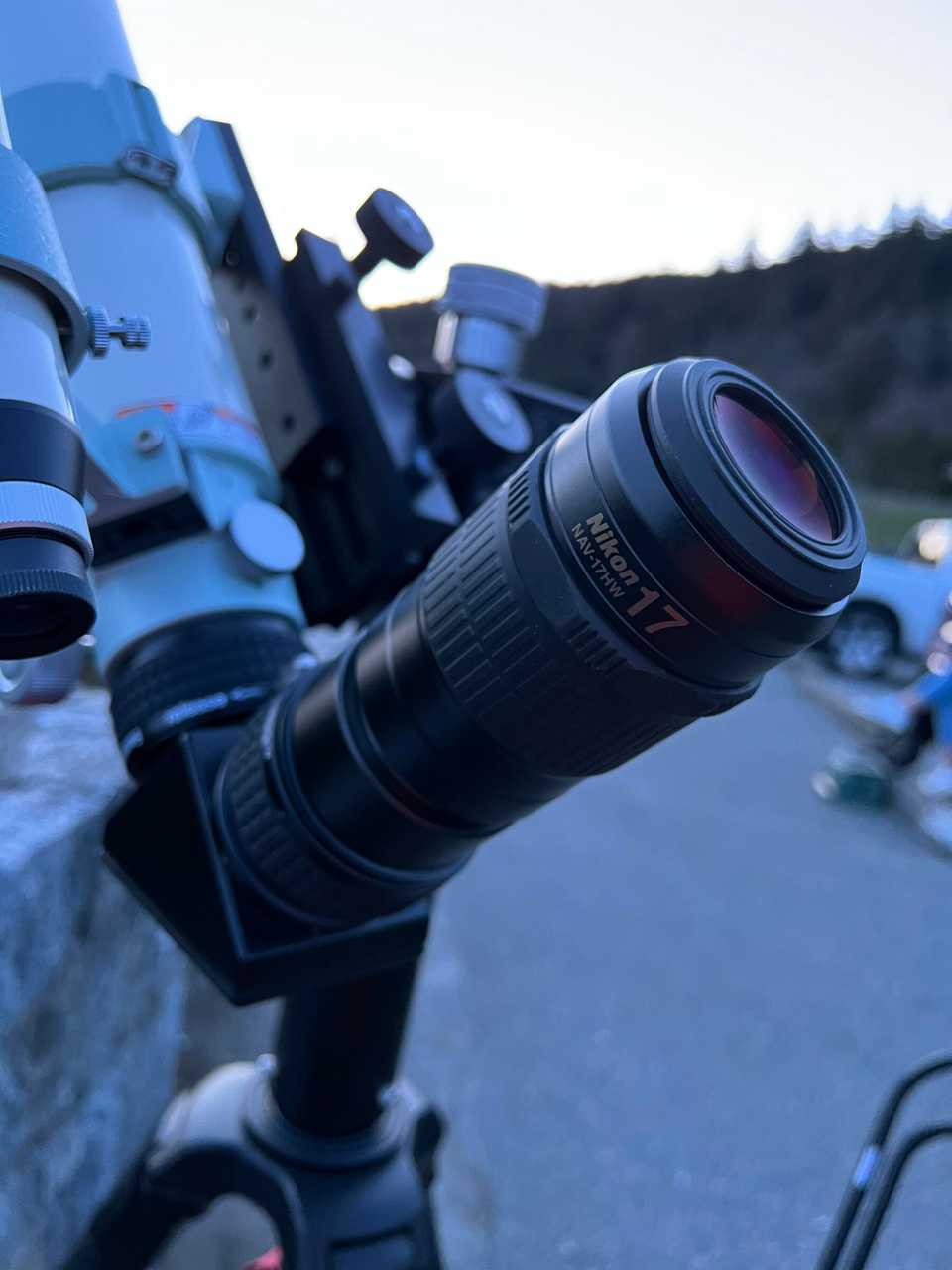
On a beautiful clear Friday, April 28th, I attended the Starry Nights at the SFU Trottier Observatory (the first clear Friday in a long time). More than 300 people attended - I’ve never seen a Starry Nights so busy before - with 10+ amateur astronomers with their scopes. People were feeling starlight deprived!
I spent most of the night touring people around the waxing gibbous moon at high power (200x+) using my 10” Meade ACF. Every time I observe the moon using the 10” and binoviewers, I wonder to myself why I even bother with the smaller refractors, as the larger image scale and resolution reveals significantly more fine lunar detail. I particularly enjoy observing the terraced cliffs along the perimeter of craters and tracking the length of the shadows cast by lunar mountains. People were stunned by the view.